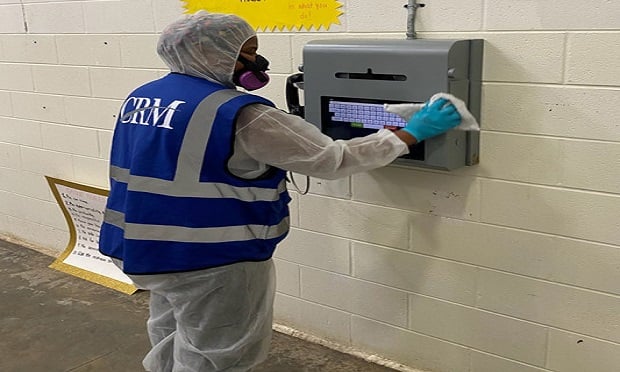 The first step in the development of a return-to-work plan during the coronavirus pandemic is the integration of solutions to address both people and buildings. (ALM Media archives)
The first step in the development of a return-to-work plan during the coronavirus pandemic is the integration of solutions to address both people and buildings. (ALM Media archives)
As the world slowly navigates the treatment of, and recovery from, the coronavirus pandemic, the next phase must address a long-anticipated solution — how to safely reclaim and re-open our businesses and buildings, which have been shuttered as never before.
Recommended For You
Want to continue reading?
Become a Free PropertyCasualty360 Digital Reader
Your access to unlimited PropertyCasualty360 content isn’t changing.
Once you are an ALM digital member, you’ll receive:
- Breaking insurance news and analysis, on-site and via our newsletters and custom alerts
- Weekly Insurance Speak podcast featuring exclusive interviews with industry leaders
- Educational webcasts, white papers, and ebooks from industry thought leaders
- Critical converage of the employee benefits and financial advisory markets on our other ALM sites, BenefitsPRO and ThinkAdvisor
Already have an account? Sign In Now

